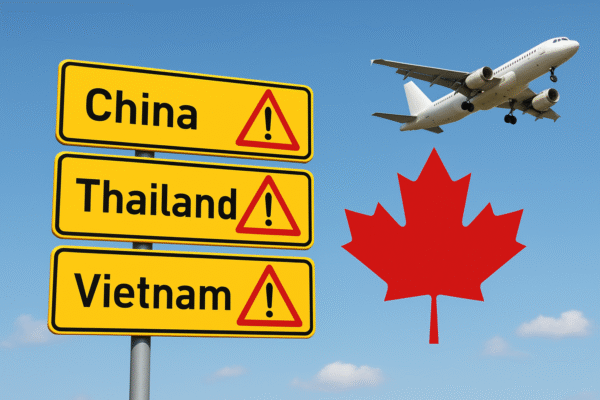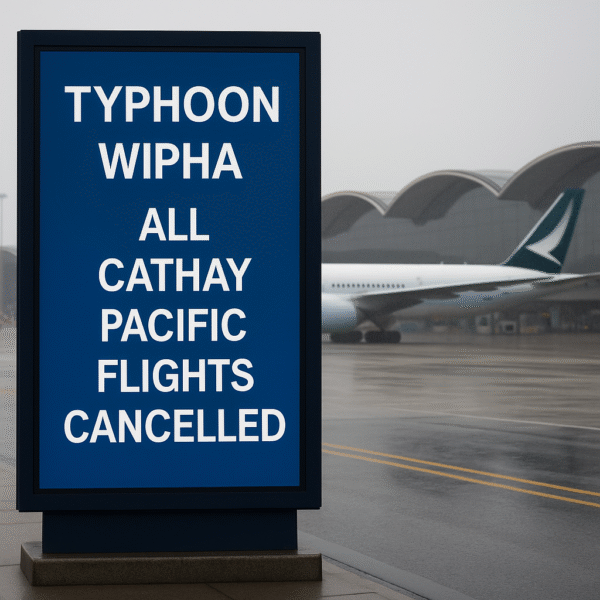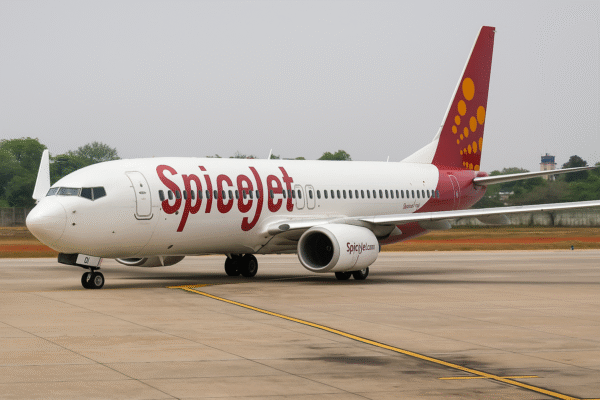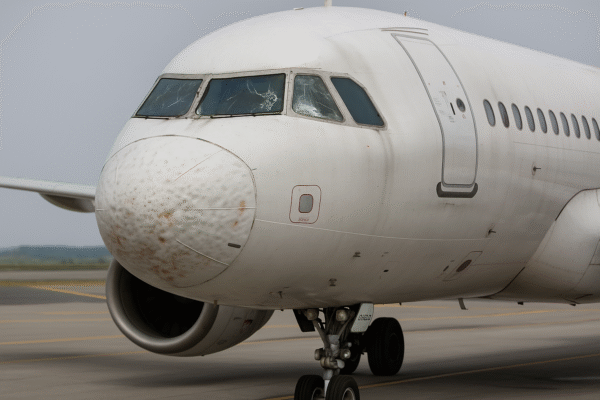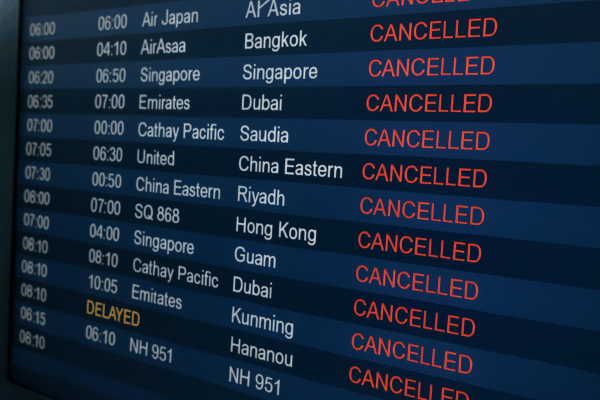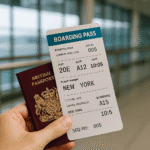evere weather conditions—including heavy storms, poor visibility, and torrential rainfall—have triggered a major disruption across Asia’s aviation network, forcing the cancellation of over 700 flights and affecting thousands of passengers at the height of the summer travel season.
Airlines including Air Japan, AirAsia, Singapore Airlines, Emirates, Cathay Pacific, Saudia, and United Airlines were among those impacted. Flights were cancelled or delayed at more than a dozen key international airports, including Hong Kong International, Shanghai Pudong, Beijing Capital, and Suvarnabhumi Bangkok International Airport.
Crisis at Major Asian Hubs
One of the hardest-hit airports was Hong Kong International Airport, which recorded 423 delays and 273 cancellations in just 24 hours. Flag carrier Cathay Pacific was forced to cancel nearly half its scheduled departures, while China Eastern and Hong Kong Airlines faced operational meltdowns.
At Shenzhen Bao’an International Airport, nearly 91% of China Eastern’s flights were cancelled due to heavy downpours and restricted airspace. Shanghai Pudong International Airport, a critical hub for international traffic, experienced 390 delays and 56 cancellations, affecting long-haul services by Singapore Airlines, Emirates, and Cathay Pacific.
Even domestic airports were not spared. Shanghai Hongqiao, Kunming Changshui, Nanjing Lukou, and Beijing Daxing all reported dozens of delays and grounded flights, with carriers like Spring Airlines, Hainan Airlines, and Juneyao Airlines scrambling to recover schedules.
Airline-by-Airline Impact
The widespread weather disruptions hit international and low-cost carriers alike. Based on real-time air traffic data and airline reports:
- China Eastern: 400+ delays, 60+ cancellations
- Singapore Airlines: 30+ delays, multiple long-haul cancellations
- Cathay Pacific: 15+ delays, up to 2 cancellations
- AirAsia: 12+ delays, several cancellations
- Emirates: 10+ delays, at least 2 cancellations
- United Airlines: 10+ delays, some international cancellations
- Japan Airlines: Minor disruptions
- Korean Air, Saudia, Etihad: Limited but notable delays
Passengers Face Chaos and Confusion
Scenes of chaos unfolded across terminals, especially in Shanghai Pudong and Guangzhou Baiyun, where stranded passengers took to social media to express frustration over long waits, lack of airline communication, and limited rerouting options.
One traveler at Pudong Airport reported being “stuck on the tarmac for three hours” as gates remained full, while others described queues snaking through check-in halls, overwhelmed information counters, and delayed baggage claims.
Structural Issues Exacerbate Weather Impacts
While extreme weather was the primary trigger, aviation analysts say the cascading disruptions reveal deeper vulnerabilities in Asia’s aviation infrastructure:
- Overcrowded airspace across China’s eastern seaboard
- Limited runway availability at key international hubs
- Shortage of air traffic controllers post-pandemic
- Ground operation bottlenecks, such as delayed baggage handling and aircraft servicing
According to data from the Civil Aviation Administration of China (CAAC), several of the busiest airports were already operating at over 90% capacity this summer, leaving little room to absorb disruptions.
Airline and Government Responses
In response to the crisis, affected airlines issued travel advisories and waived rebooking fees. Cathay Pacific and Singapore Airlines deployed extra staff and coordinated with regional partners to assist rerouted passengers. Emirates offered full refunds or free date changes for cancelled flights.
In Bangkok, Thailand’s Civil Aviation Authority (CAAT) advised travelers to check real-time flight statuses and recommended arriving at least three hours early for international departures.
China’s Ministry of Transport acknowledged the crisis and called for improvements to aviation weather monitoring systems and faster dissemination of airspace closure notices.
Ongoing Risk for Travelers
Weather patterns in East and Southeast Asia are expected to remain unstable for the coming days. Meteorological data from the Japan Meteorological Agency (JMA) and China Meteorological Administration (CMA) indicate the potential for continued storms, low cloud cover, and localized flooding.
Travel experts are advising passengers flying through Hong Kong, Shanghai, Beijing, Bangkok, and Singapore to:
- Check flight status regularly via airline apps and airport websites
- Prepare for long wait times and possible gate changes
- Stay informed on local weather updates and advisories
- Avoid tight connections and consider flexible travel insurance options
Looking Ahead: The Need for Resilient Aviation
This week’s mass flight cancellations underscore a pressing need for aviation resiliency in Asia’s rapidly growing air travel market. According to the International Air Transport Association (IATA), Asia-Pacific is set to surpass North America as the largest aviation market by 2035—but only if infrastructure can keep pace.
Upgrades to air traffic control systems, weather radar coverage, and real-time passenger information systems are urgently needed. Collaborative efforts between airlines, airport authorities, and governments will be essential to mitigate similar future disruptions.
Conclusion
As Asia’s aviation sector continues to expand, the recent storm-induced disruptions offer a stark reminder that weather, infrastructure, and air traffic pressures are deeply interconnected. While airlines continue working to recover schedules, passengers are advised to remain patient, flexible, and informed as the region’s airports brace for more volatile summer skies.
For more travel news like this, keep reading Global Travel Wire






